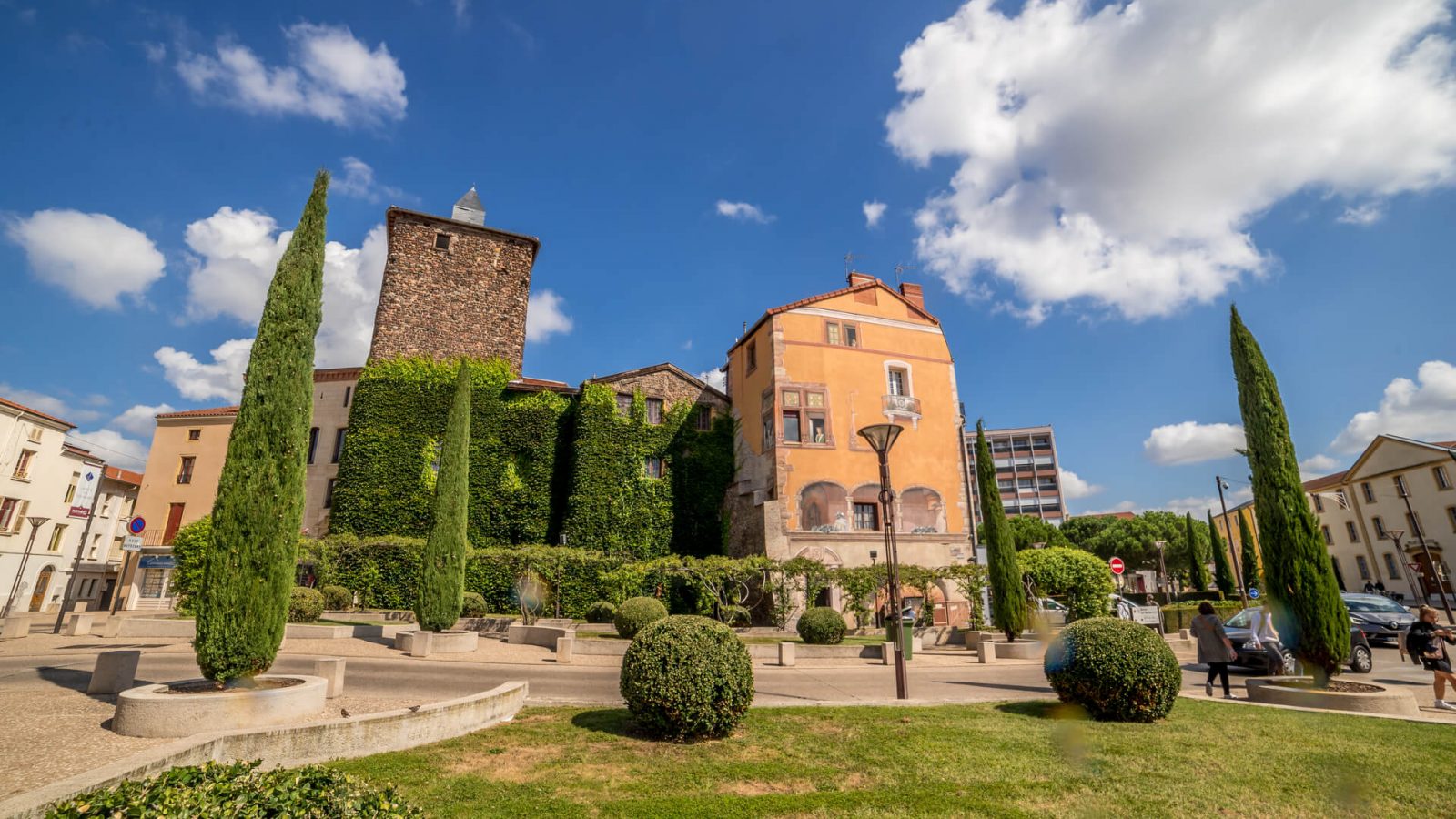The old center is the soul and charm of Roanne! This place has more than 20 centuries of history. It contains the oldest remains of the city, visible or not: half-timbered houses, a castle and its keep or even Gallo-Roman potters' kilns. It's an air of yesteryear quiet brought up to date in 2005.
The castle over the centuries!
You will recognize the castle of Roanne thanks to the square pebble tower of Villerest! It is the keep, the oldest monument in Roanne! Its construction, by the lords of Roanne, dates back to the XNUMXthe century. It measures 20 meters in height and 7,65 meters on each side with rounded corners. Its primary function was to ensure the defense of the town. The interior of the dungeon is made up of 5 superimposed rooms whose surface area increases as you go up, the thickness of the walls decreasing. Originally, access to the floors was by means of ladders and hatches opened in the floors.
End XIIIe, an enclosure lined with a moat makes it a real fortress.
In the XVe century, a lower part is attached to it: the dwelling.
Around 1674, a royal edict created in Roanne a bailiwick, that is to say a court! The castle was the place where justice was done and the prisons occupied part of the dungeon!
In 1845, the knight Saint-Thomas bought the castle. He had work carried out, in particular the addition of the Renaissance facade of the house, today the entrance to the Tourist Office.

DID YOU KNOW ?
- Passionate about heraldry, the knight Saint-Thomas had the coat of arms room built in a vaulted room. 113 coats of arms adorn the ceiling! Unheard of at the time in the region.
- The keep was classified as a Historic Monument in 1930. The castle became property of the city in 1997 and has hosted the Tourist Office since 2006.
The castle district
The castle district represents the Place Maréchal de Lattre de Tassigny today. Its perimeter roughly represents the limits of the Castle enclosure. Today, the traces of the historical past of this district are still beautiful and very present, visible or not. Can you find them?
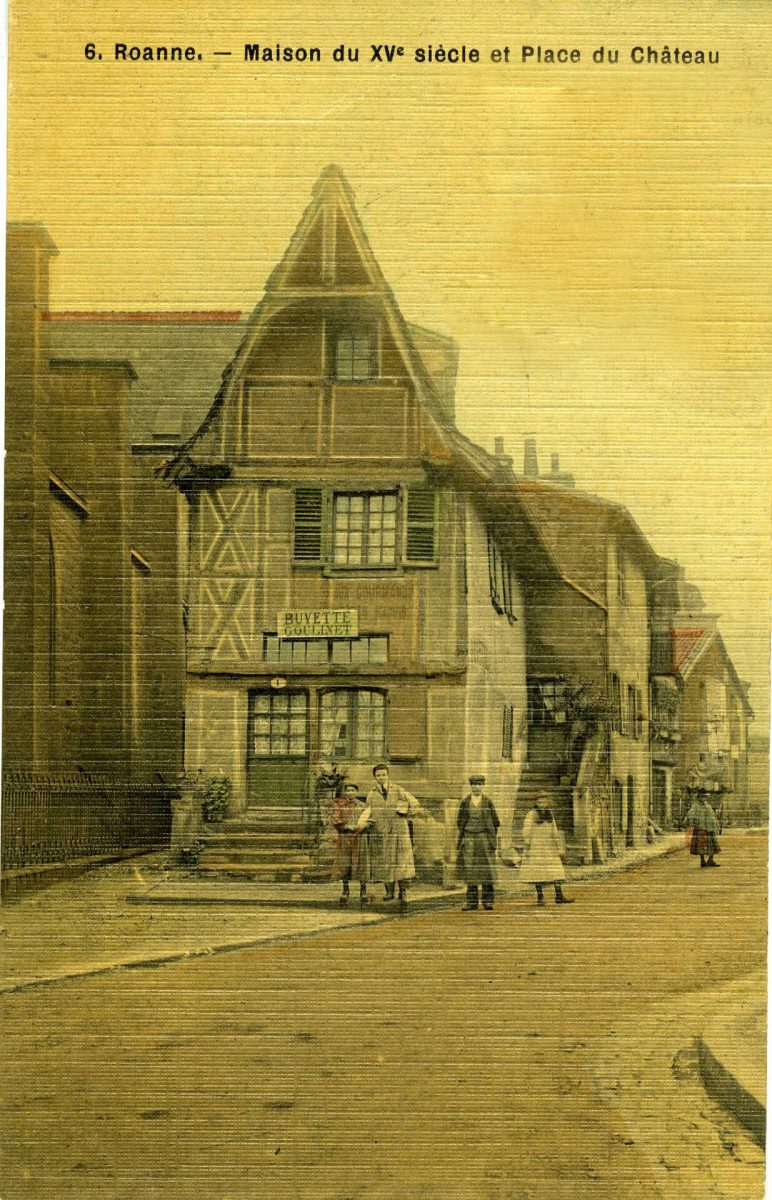
The houses from the old center
At the time, the houses were crowded together between the church tower and the castle. Today, only 3 old buildings, as if planted in the middle of the old center, have resisted destruction:
- The house of the ramparts owes its name to its architecture following the curve of the enclosure. Today, it is the Maison des Métiers d'Art.
- Les Maisons Bourbonnaises, these 2 small half-timbered houses recall the constructions of Moulins, hence their names. They have seen successive generations of artisans and traders.
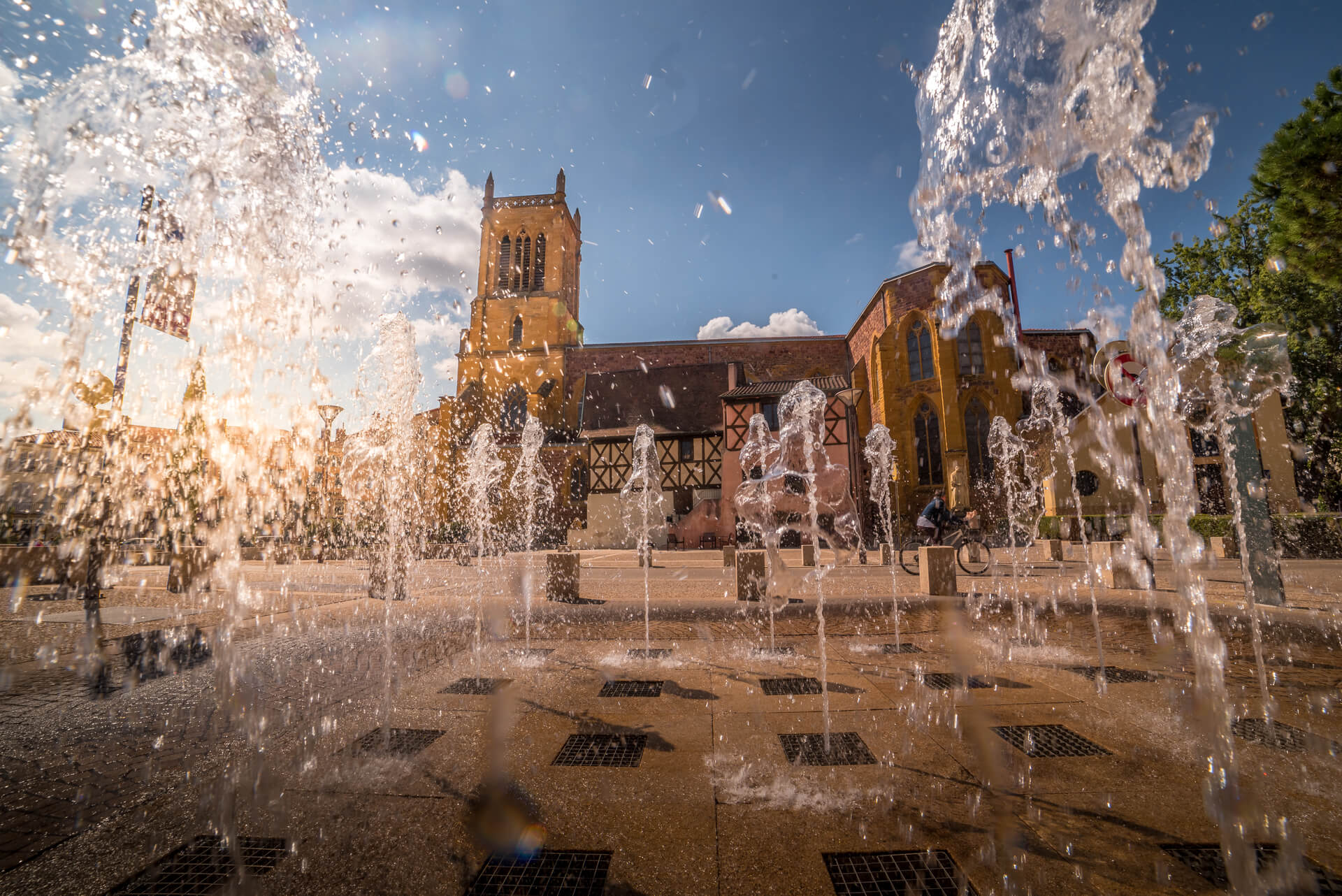
Saint-Etienne Church
The church stands in the middle of the square. Its current silhouette has nothing to do with the designs initially made by Martellange in 1610. Only the location remains the same! To respond to the increase in the number of faithful, many transformations or reconstructions have followed one another:
- In 1667, the church was remodeled, even its orientation was reversed,
- In the nineteenthe century, it was rebuilt in a neo-gothic style,
- in XXe century, addition of a sacristy and a 4e nave, plan,
- In 1986, repair work highlighted the luminosity of the choir stained glass windows.
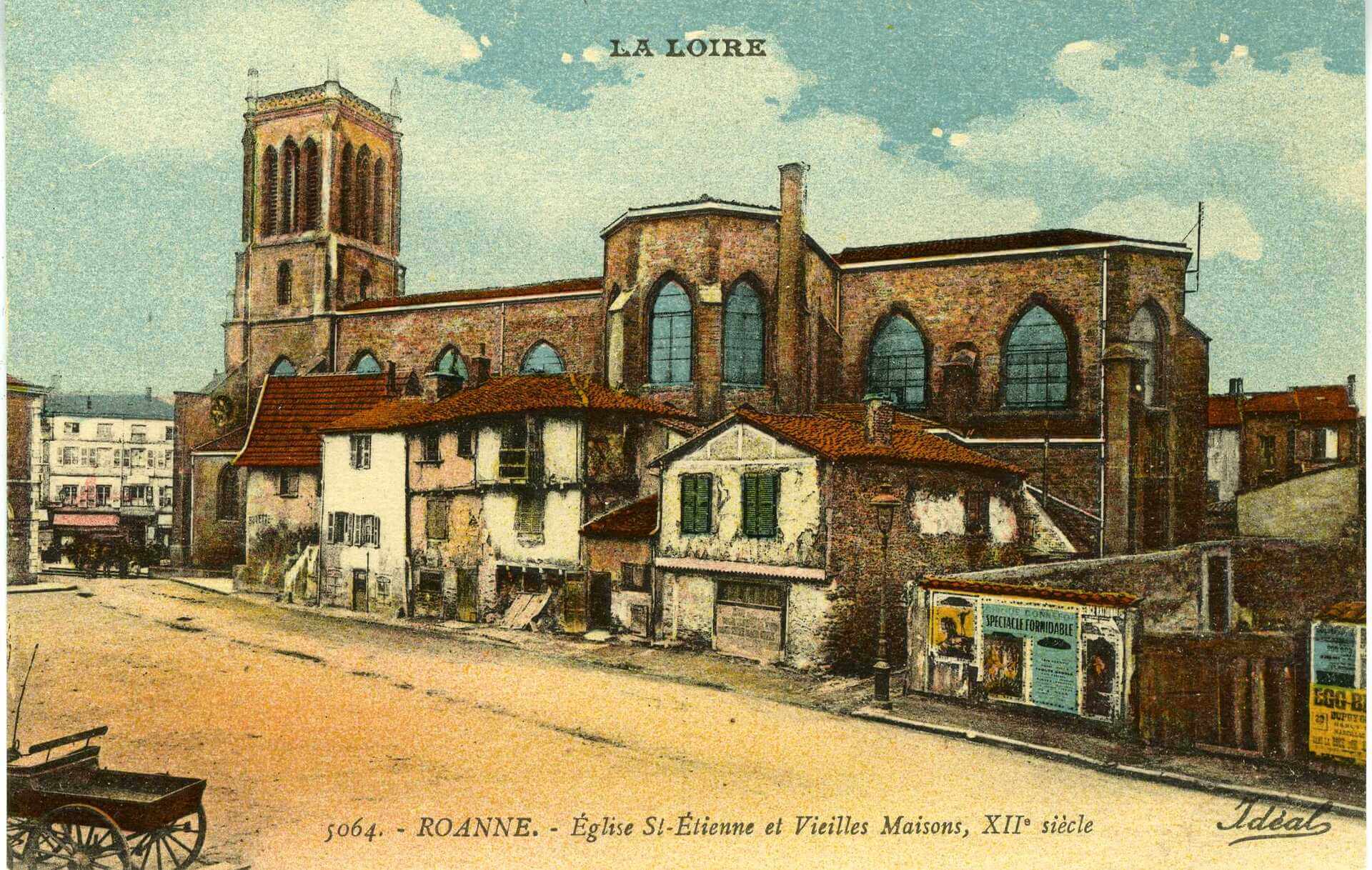
The visit of the church will reserve you pleasant discoveries:
- The Tympanum, representing the stoning of St-Étienne, sculpted by Belloni in 1930,
- The oldest stained glass window offered by Louis XII in 1513,
- Three modern stained glass windows made by a master glassmaker Hanssen in the 1950s,
- The wooden pulpit carved in 1843,
- The organ set bought in 1861 and restored by the city in 2013.
The Potters' Ovens
The presence of potters' kilns attest to the Gallo-Roman occupation of Roanne. Excavations carried out between 1959 and 1967 highlighted this presence thanks to the discovery of 4 furnaces of fairly modest size.
They are circular in shape (1.30 meters in diameter). The town of Roanne decided the safeguard for some.
The European Heritage Days allow you to visit this "underground museum".
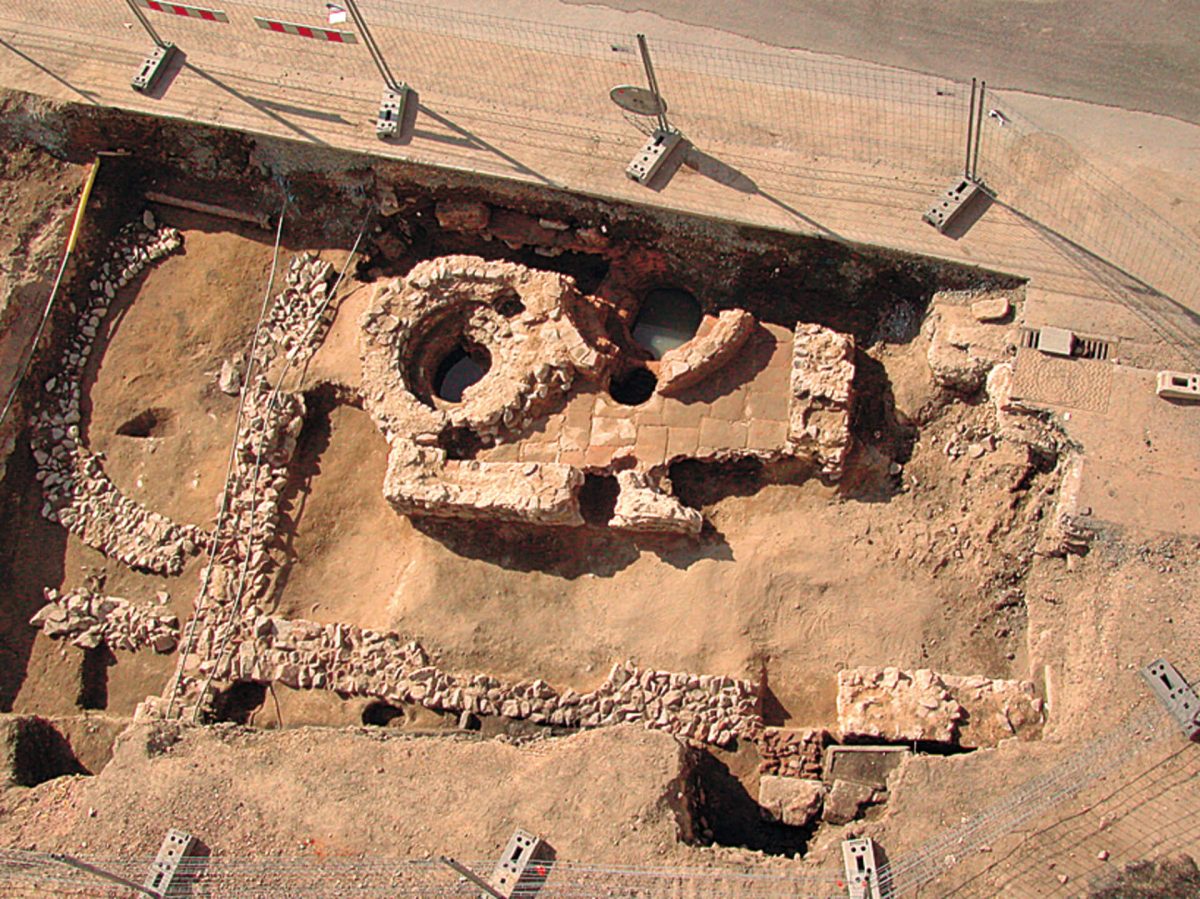
Baptistery
Two baptistery were discovered in 2005 during archaeological excavations for the rehabilitation of the old center. They probably date from the early Middle Ages.
Do you know what a baptistery was used for? It allowed the practice of baptism by complete immersion, according to the custom of the time.
the 1er discovered has an octagonal tank built in a room of 16 m² with 3 steps in tiles allowing to go down there. The second was rebuilt on top of the previous one with a doubled area of 30 m².
Now rehabilitated, the old center has left a mark of this past. Indeed, the baptistery were carefully covered and their location was materialized on the surface by a differentiated paving (pink paving stones and blue paving stones).
Courthouse
Formerly the Ursuline convent built in 1632. It formed a charitable association for the relief of the poor and the sick.
During the Revolution, the association was expelled and the convent became a prison.
In 1810, the city bought the buildings and installed the civil court then the commercial court.
Restored in 1957, a fire destroyed the 600m² of roofs and all the archives of the parquet floor in 1986.

DID YOU KNOW ?
Roanne prison was established in the northern part of the courthouse until 2008.



